Tuz-Gori – the salt kingdom of Uzbekistan
At school, in history and cultural studies lessons, we were told about the ancient history of Uzbekistan and about its rich historical heritage. Our country lies at the intersection of caravan routes leading from Asia to Europe and therefore one can find traces of the most diverse religions and cultures.
It is generally accepted that Uzbekistan is an Islamic country. This is partly true. Actually, we are a secular state, and therefore Muslims and Orthodox Christians, Catholics and Buddhists get along peacefully here. Yes, yes, and Buddhists too. Many of our guests are surprised when they learn that in its time in the territory of modern Uzbekistan was spread Buddhism.
In Surkhandarya region - the southernmost and hottest region of the country there are many Buddhist monuments. They are revered not only by local Buddhists, but also attract many Japanese, Chinese and Korean believers.
Nine years ago I worked in a travel agency and traveled with tourists almost the whole country. But to my shame, I have never been to the south of Uzbekistan and therefore, when the team of "Mysterious Uzbekistan" announced that a trip on Buddhist monuments is planned, I immediately joined the group. It was a trip full of impressions - we visited many interesting places and I managed to click on almost a thousand photos. But more about everything.
On the way we went to Termez on an evening train on Friday September 22nd and spent the whole night on the road. We loaded into our compartments, got to know our neighbors, drank a seagull and fell apart on the shelves. The train started off, gaining speed. The car rocked gently, the wheels slammed lazily and I did not notice how I fell asleep. In the morning I went out into the corridor to stretch my stiff limbs and saw a panorama like this:
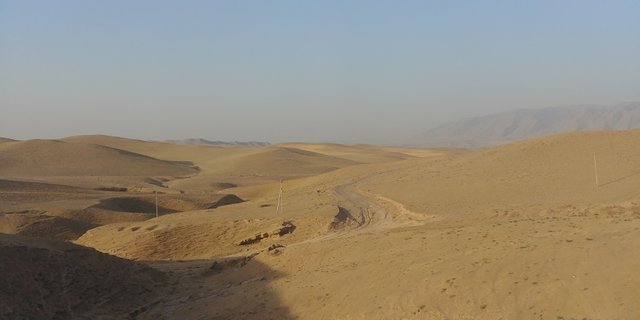
We arrived at the station of Termez, where we were already waiting for a bus with a cheerful woman guide. Moreover, she turned out to be pregnant, but despite her position, she rather briskly guided us to the sights, accompanying the story of historical sights with various interesting facts from the life of the city and from her own life. The whole group was completely ecstatic about it.
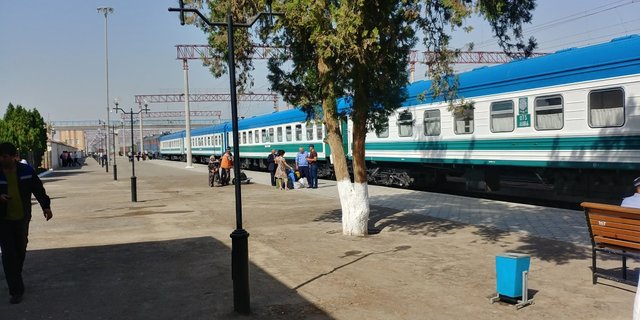
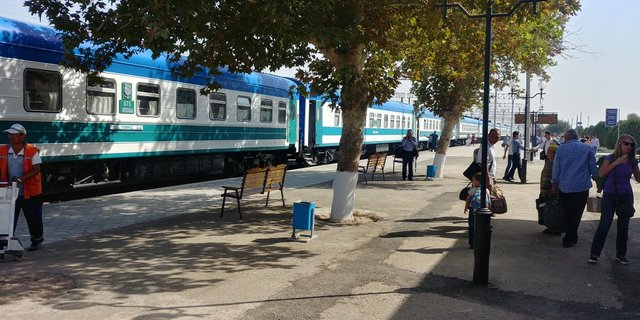
We plunged into the bus and went on a three-hour journey through the Surkhandarya region. Bouncing on bumps, a small bus rushed us to the first point of our excursion - the salt mines of Hajakon or they are also called Tuz-Gori. It is a huge salt massif, inside of which the course and caves are punched.
On the way we stopped near a village for a small shopping. Bought incredibly cheap garnets.
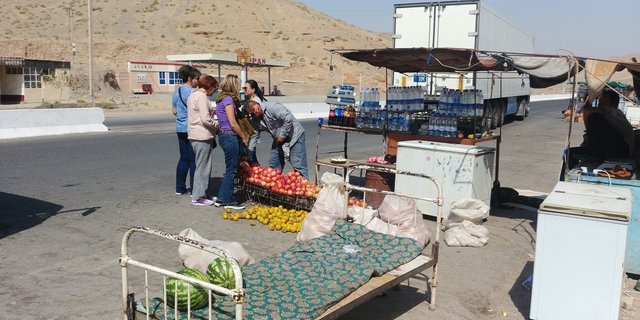
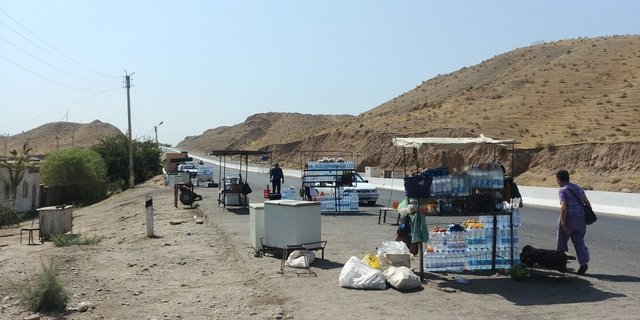
We warmed up a bit and went further through the pass between the beautiful hills ...
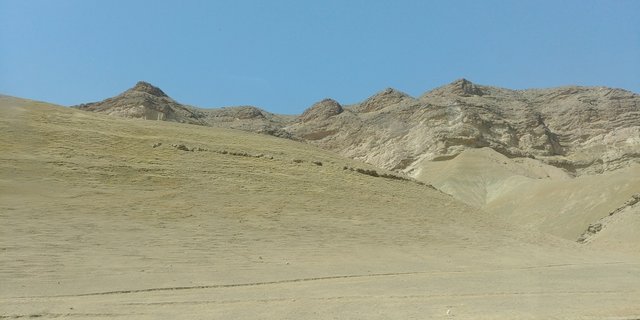
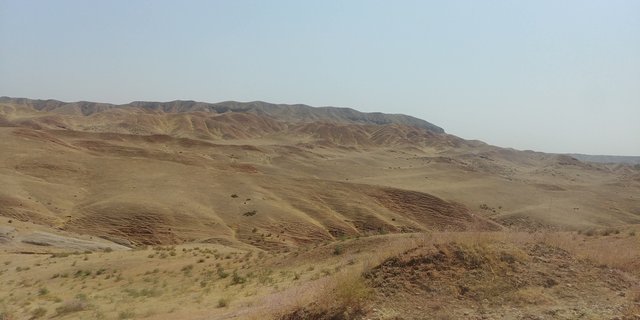
It took almost an hour and a half of shaking, during which I dozed off a bit. We reached the town called Sherabad. If I translated correctly, then this name can be translated as "Abode of Lions" or "Abode of Heroes". Neither lions nor heroes, we saw, but saw a bored soldier who guarded the checkpoint on the road (near the border with Turkmenistan). While the guide was registering our passports and getting permission to travel, we talked to the soldier. All the same, chatterbox is a find for a spy. And boredom unleashes languages no worse than alcohol. The soldier was lucky that we were all true patriots of Uzbekistan. If there were spies among us, we would learn a lot of interesting things: the term the soldier serves on this checkpoint, the name of his native village, the names of his relatives, the time of changing the guard, the number of soldiers in the checkpoint ... All this information he simply blurted out us, without even suspecting that cunning villains can use it for mercenary purposes. We did not intimidate the poor warrior, thanked him, wished him luck. He lifted the barrier, waved his hand and we jumped on our jumping bus.
Soon the road led us to an abandoned salt factory located at the foot of the mountains.
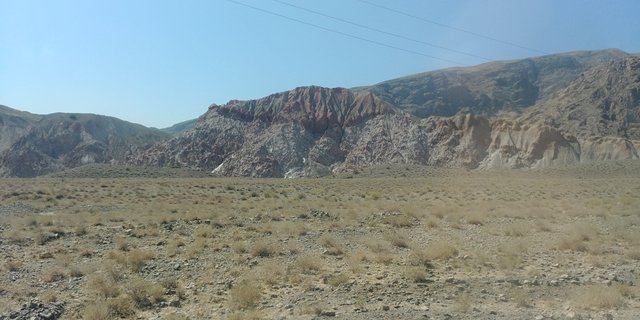
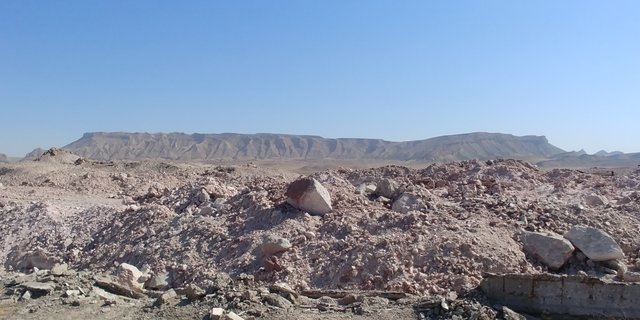
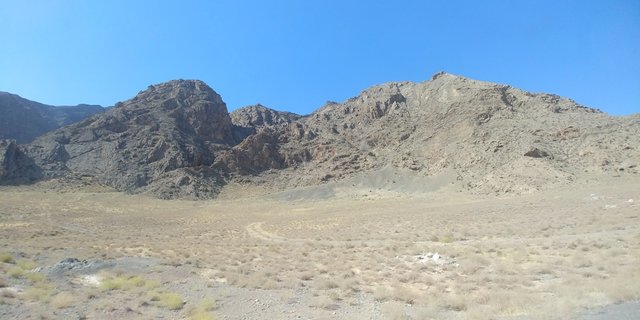
Once, this plant could supply the whole country with salt, but then it fell into decay and only the collapsing buildings and rusty skeletons of equipment, littered with crystals of salt of different sizes, remained from it ...
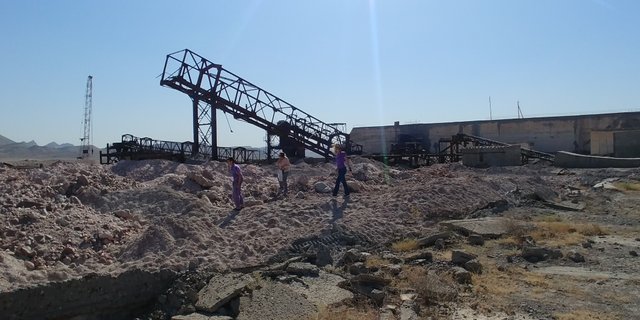
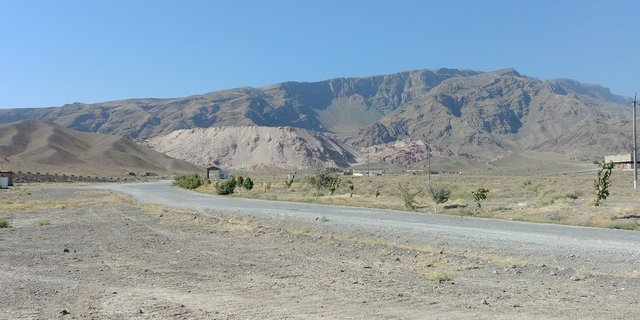
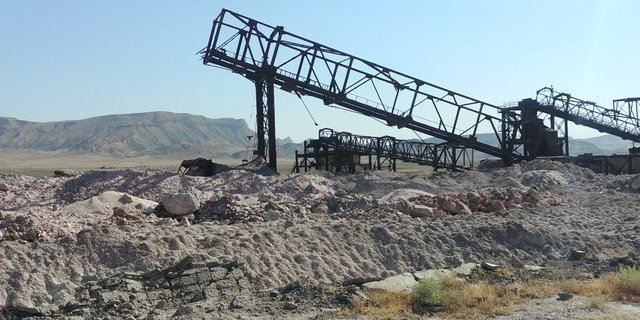
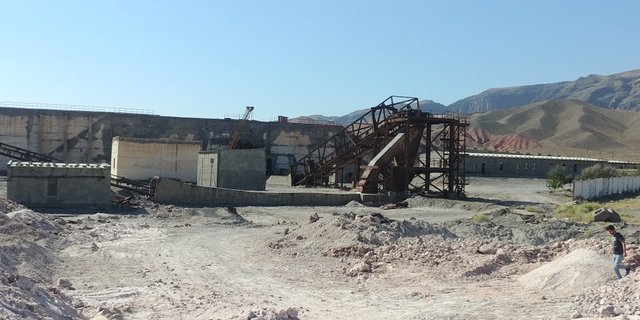
We drove past the factory, deciding to look here on the way back and collect salt crystals for memory ...
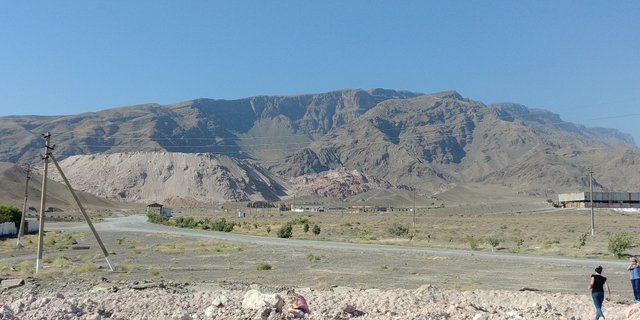
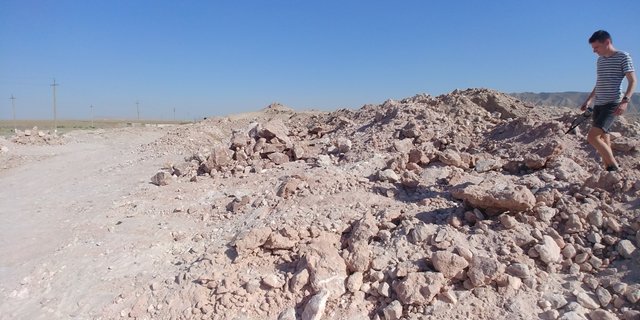
After passing the salt plant, we went further to the mountains.
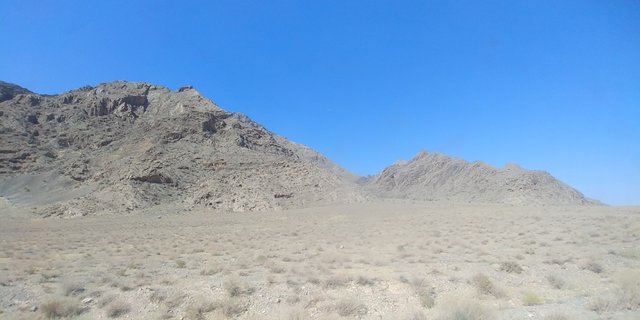
The road writhed among the mountains and finally led us to a small plain, swirling by rocks.
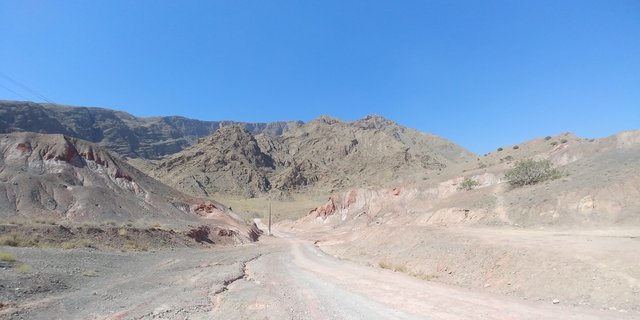
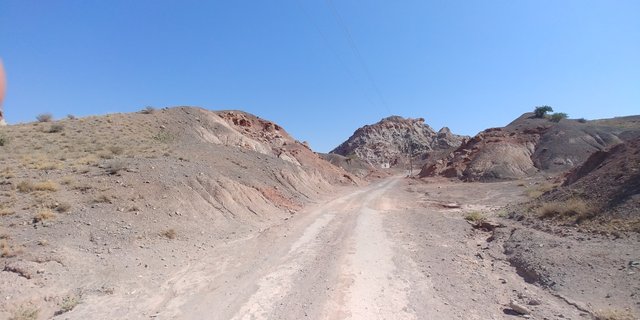
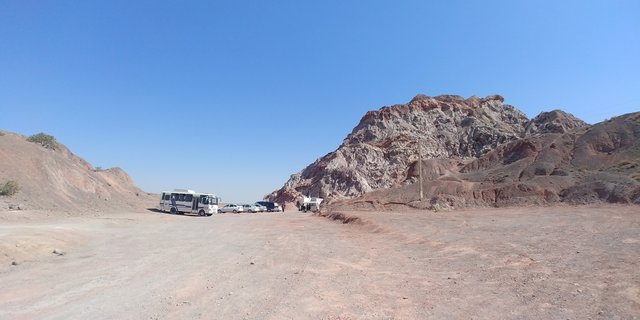
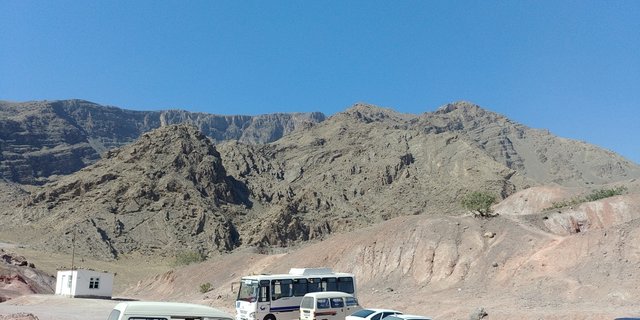
At the foot of one of them we saw the entrance to the salt mines.
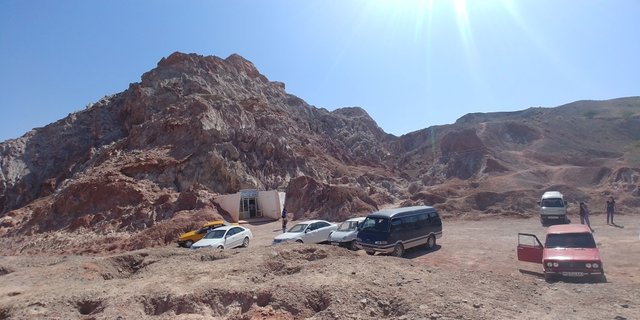
Before we went into the mines, we ran around, taking pictures of the neighborhood. Then the guide called us and we entered this realm of sodium chloride ...
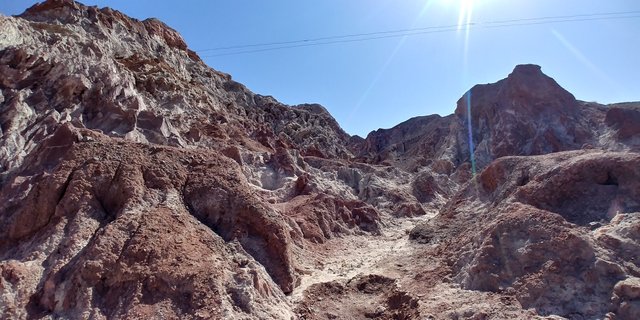
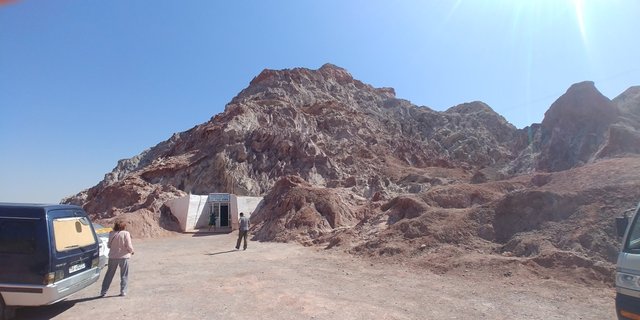
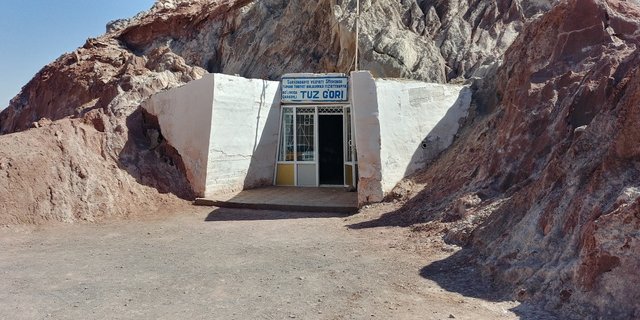
It seemed to me that we were on the North Pole - first, inside was noticeably cooler than outside, and, secondly, the walls, floor and ceiling were covered with snow-white salt, resembling hoarfrost.
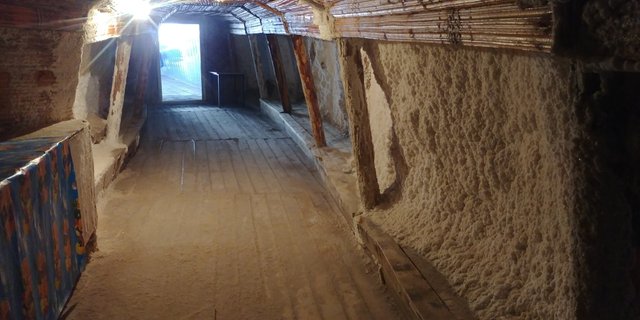
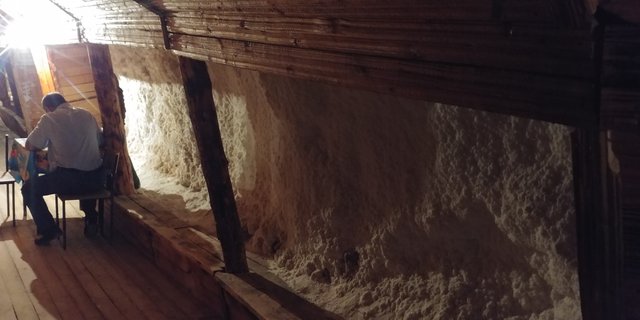
Now there is a clinic in these mines. What is interesting is that there are several such rooms and each has its own temperature and unique healing atmosphere. Not far from the mines is the sanatorium "Tuzkon", built in Soviet times and every day the bus brings patients here for salt treatments. They lie in the rooms for two hours and then come back.
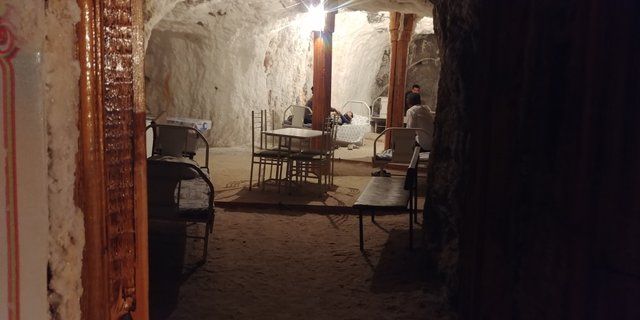
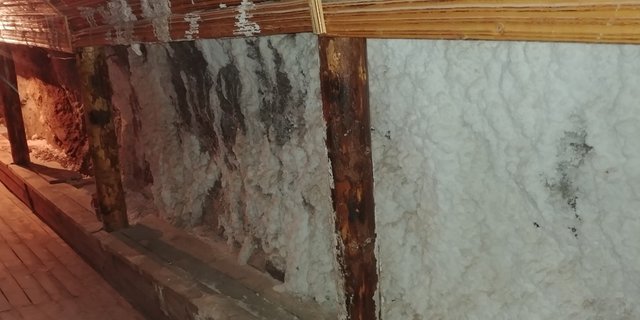
The air here is amazingly clean and pleasant. They say that the air is filled with ions of salt and helps to cure diseases of the respiratory tract. They treat asthma, bronchitis, complications after pneumonia and even some skin diseases.
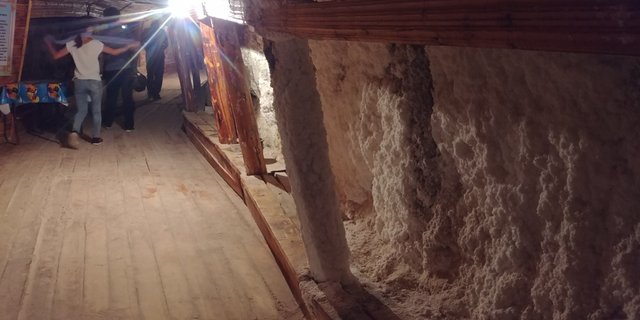
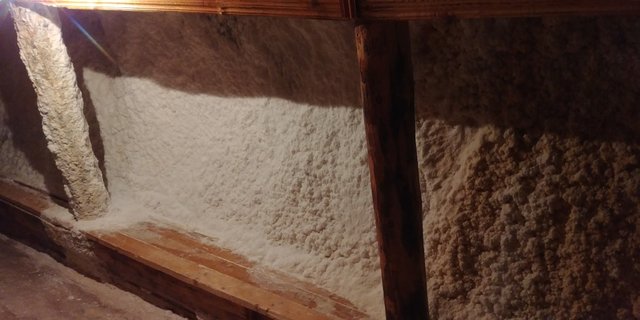
All rooms are filled with patients. This is a unique place and the absolute majority of patients who have undergone speleotherapy courses recover. The percentage is very high - almost 90%. Such places on the territory of the former Union – one or two. It seems like there is a similar cave in Ukraine.
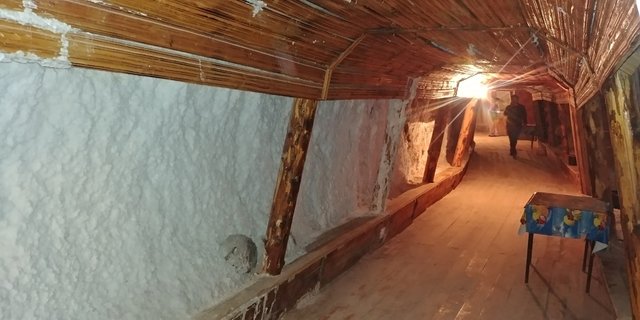
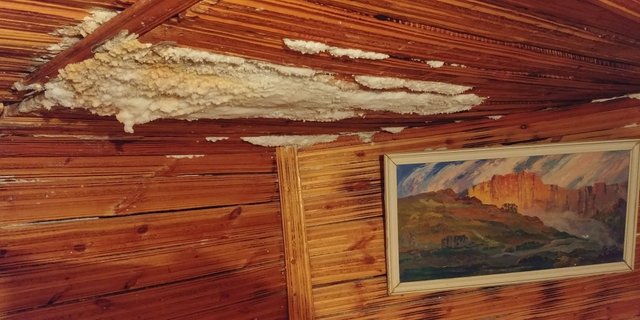
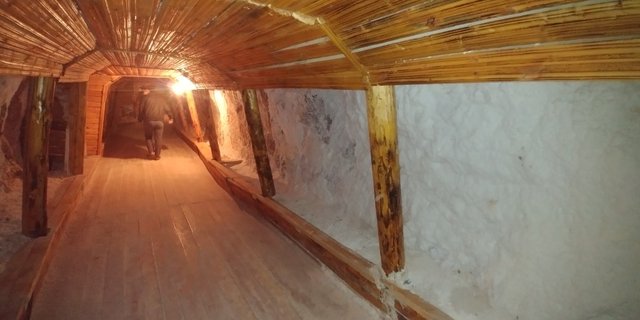
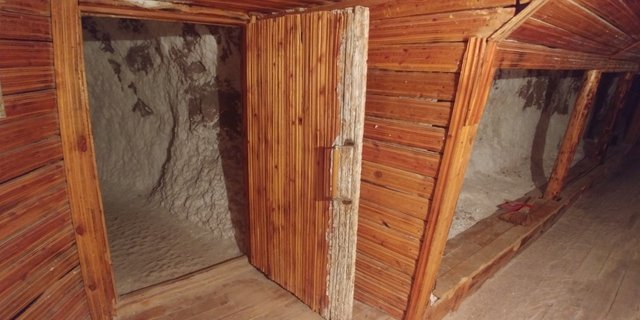
Despite the miraculous air and healing ions, the place is popular mainly among locals. And this despite the fact that the treatment is free. In many respects it is connected with a weak infrastructure - there are no suitable hotels or furnished houses nearby. The old sanatorium and the houses of the local residents, which they rent out. Toilet in the yard and water from the well. And the road leaves much to be desired. This prevents the development of this place.
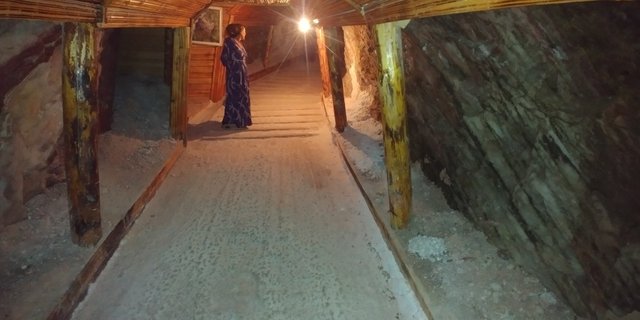
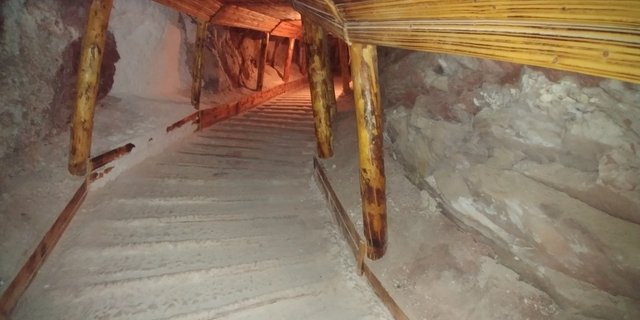
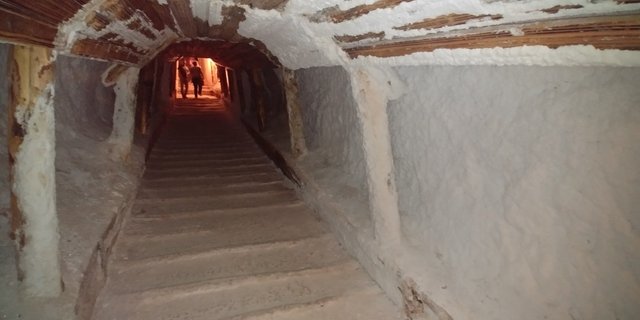
Previously, it was a private enterprise, which the state then returned to itself. The doctor who showed us the mines said that there is a program for the development of these mines, it is planned to allocate funds for infrastructure, build comfortable hotels, repair the road, establish water supply and transportation. But it takes time and resources, which (want to believe) will be found - after all, these salt mines can bring a huge income!
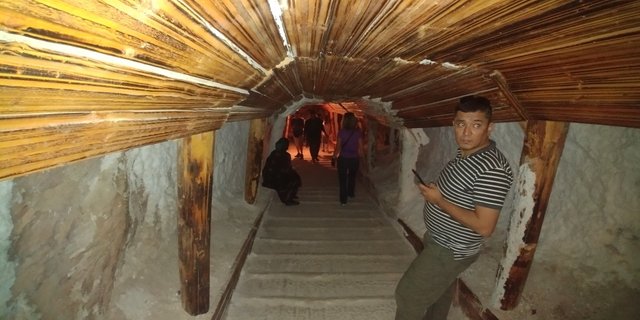
Inhaling salubrious air, we listened to the doctor's lecture about the peculiarities of the salt mines, licked the walls and went back. I did not feel like getting into the shaking bus, so we once again wandered around the mine, photographing the stunning neighborhoods ...
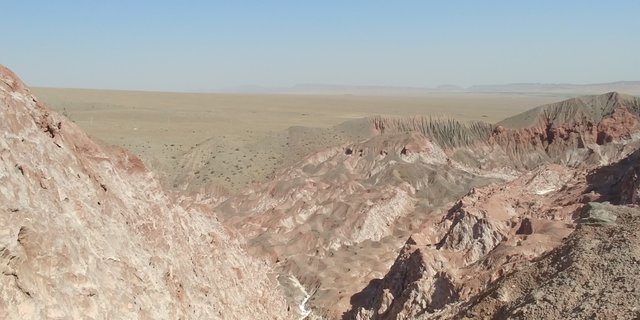
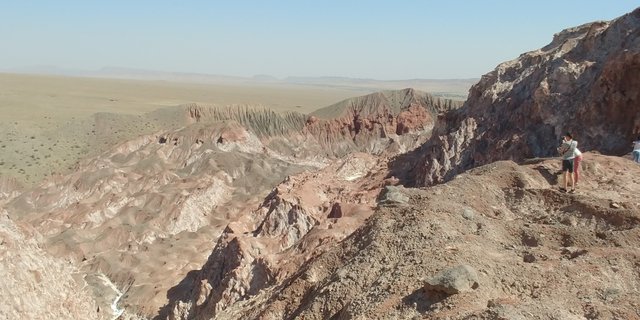
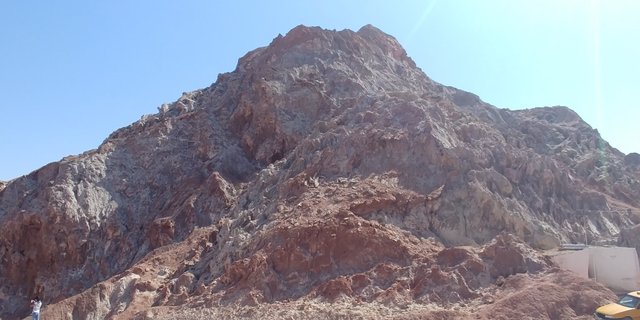
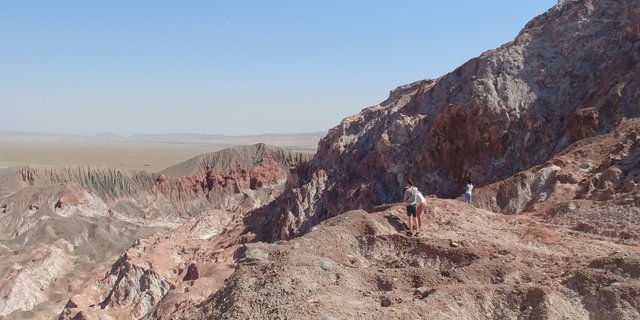
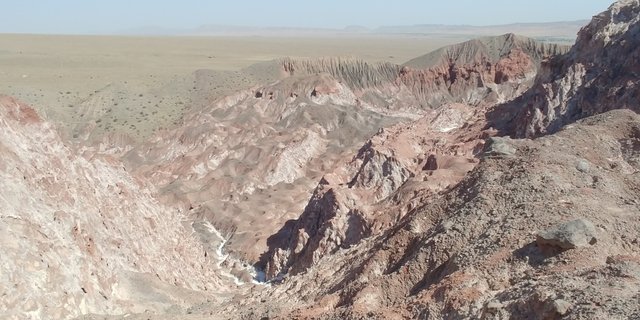
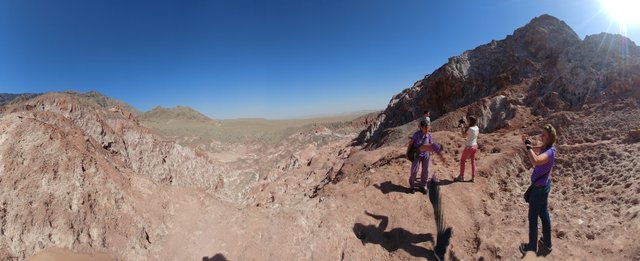
This was a promising start to our trip and I was looking forward to continuing our adventures. From the salt mines we headed to the oldest port city of Kampirtepa, which was founded almost twenty-three centuries ago. But I will tell about this in my next story!
!steemitworldmap 37.670777 lat 66.996689 long Salt Mine Tuz-Gory - The salt kingdom of Uzbekistan d3scr
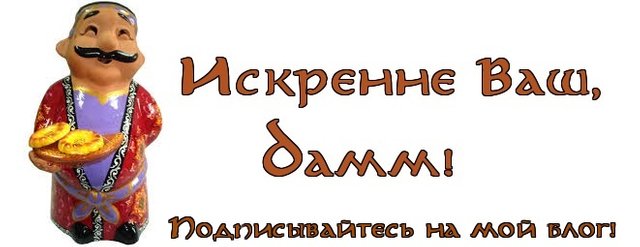
one of the most interesting places in the world, but quite healing.
@soulmates you're right. In this salt mine is possible to treat the respiratory organs disease
Congratulations, Your Post Has Been Added To The Steemit Worldmap!
Author link: http://steemitworldmap.com?author=damm-steemit
Post link: http://steemitworldmap.com?post=tuz-gori-the-salt-kingdom-of-uzbekistan
Want to have your post on the map too?
Add the following inside your post:
!steemitworldmap xxx lat yyy long description d3scr
(replace xxx and yyy with latitude and longitude)